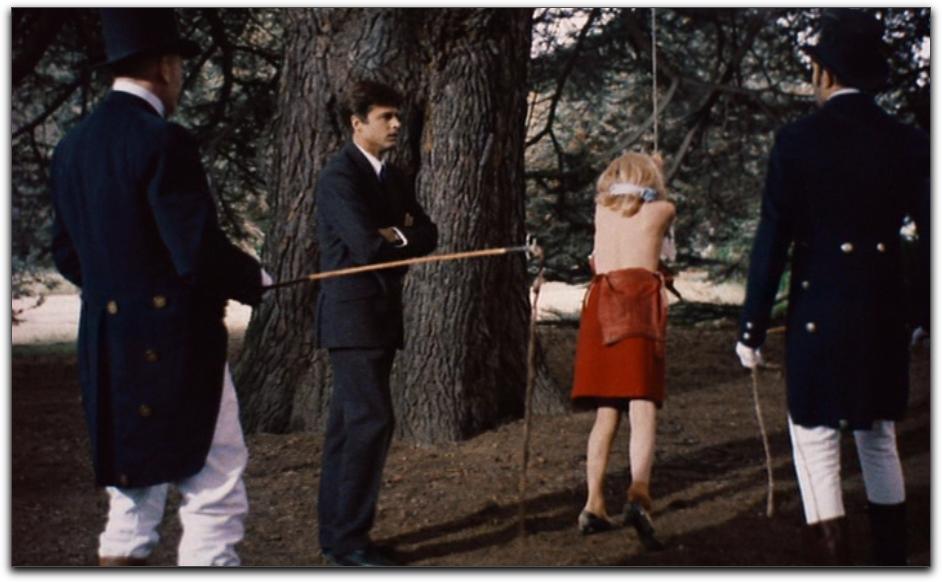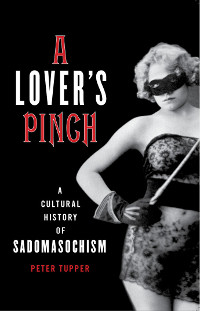In researching the history of consensual sadomasochism, there isn’t a comprehensive body of knowledge to draw upon, no established canon of reference works, no Journal of Sadomasochistic Studies.
Instead, I have data points: case studies, books (often anonymous), anecdotes, images, etc. I’ll admit that sometimes what is and isn’t a data point is decided on the “I know it when I see it” principle. Connecting those points requires a certain amount of guesswork and judgment calls.
For example: Dr. Samuel Johnson, English man of letters of the Enlightenment, and his relationship with his close friend Hester Thrale. The latter’s posthumous effects, sold at auction in 1823, included a padlock and fetters. Thrale identified it as “Johnson’s padlock, committed to my care in the year 1768.” In 1767 or 1768, Thrale wrote that “our stern philosopher Johnson trusted me… with a secret far dearer to him than his life”. On other occasions , she wrote that “this great, this formidable Doctor Johnson kissed my hand, ay & my foot too upon his knees!” and quoted him saying, “a woman has such power between the ages of twenty five and forty five, that she may tie a man to a post and whip him if she will.” Finally, there is a reference in Thrale’s journal to “the fetters & padlocks [that] will tell posterity the truth”, and Johnson’s own journal entry, dated 24 March 1771, about “Insane thoughts on fetters and hand-cuffs.” (in Latin) (Pg.387-388)
Continue reading »






